News 6/27/13
Humana earns the top spot in athenahealth’s 2013 PayerView Report, which ranks health insurers based on claims-payment data. Other highlights from the report:
- Medicaid continues to underperform on key metrics, such as days in A/R
- Many payers performed worse than the 95 percent benefit accuracy, including six payers that returned correct co-pay information less than 50 percent of the time
- Payers still require enrollment by fax or mail for 65 percent of transactions.
The seven-provider Athens Bone and Joint Orthopedic Clinic (GA) selects simplifyMD’s EHR.
Financial management issues are the most challenging difficulties facing group practice executives, according to an MGMA member survey. Specific concerns include managing rising operating costs, preparing for potential cuts in reimbursement rates, and navigating transformative federal policies. Implementing an EHR is considered less of a challenge than a year ago, but optimizing an existing EHR has become a more pressing concern.
Orion Healthcorp., a provider of medical billing and coding for physician offices, names Dale Brinkman (Western Skies Billing Service) CEO and promotes Joseph Seale from COO to president.
UCSF Dermatopathology and Oral Pathology Service selects McKesson to provide revenue management services for its eight-physician group.
Kareo reports that one-third of the 4,000 providers signed up for its EHR have moved from another EHR system.
Consumer Reports publishes an excellent overview of the PCMH model that should be a must-read for anyone wanting to understand the why and how of this emerging care model. The article outlines what a PCMH is, how it is run, how it can reduce costs, and how it benefits patients. The use of “smart medical records” is recommended to facilitate preventative care, improve provider-patient and provider-provider communications, and manage the coordinated care process. If you work for a vendor serving the ambulatory physician market, it’s worth the read. If nothing else, you will seem really smart at your next company cocktail party.
A Maine newspaper profiles Michael Clark, MD, owner of Lifespan Family Healthcare Center, which is part of the PCMH Pilot Program. Clark believes the success of the PCMH is dependent on modern technology, including EMRs that are available to both providers and patients:
Electronic medical records allow for easier tracking of complex medical problems, help to prevent medication prescription errors, provide automatic reminders for overdue care, flag critical lab values and improve coordination among different specialists and healthcare facilities. Equally important, patients have the same access to all of their records as providers.



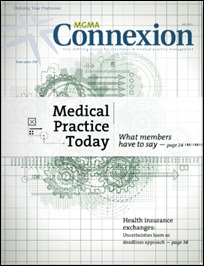


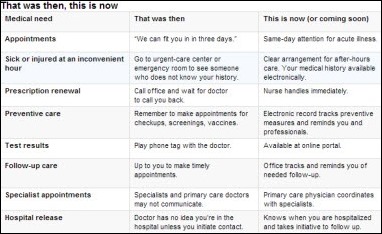


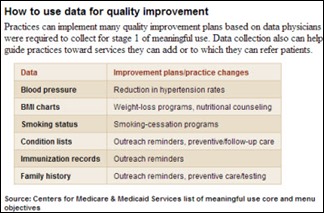
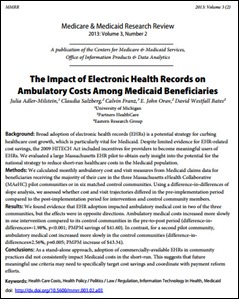







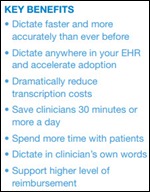

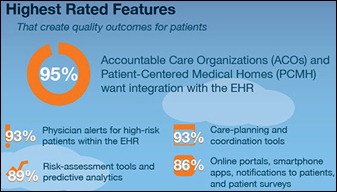


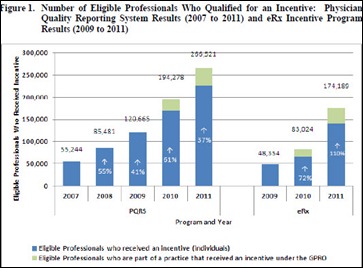







The article about Pediatric Associates in CA has a nugget with a potentially outsized impact: the implication that VFC vaccines…